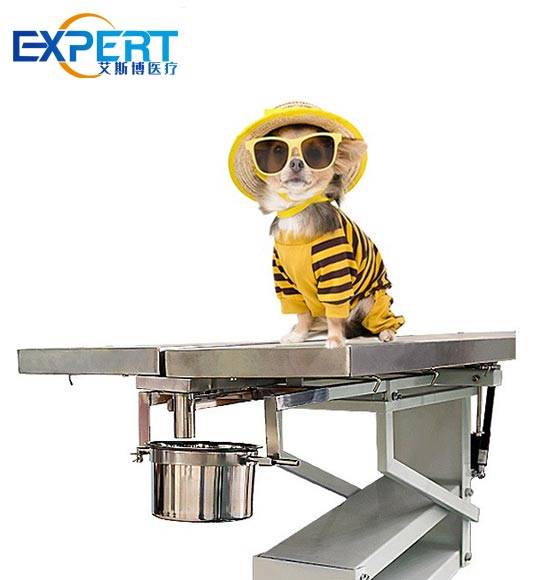Endereço
304 North Cardinal St.
Dorchester Center, MA 02124
Horas de trabalho
Segunda a sexta: 7h00 - 19h00
Fim de semana: 10h - 17h
Endereço
304 North Cardinal St.
Dorchester Center, MA 02124
Horas de trabalho
Segunda a sexta: 7h00 - 19h00
Fim de semana: 10h - 17h

In recent years, the veterinary field has witnessed a significant advancement with the introduction of veterinary ultrasonograph technology. This groundbreaking innovation has revolutionized diagnostic procedures and treatment approaches in animal medicine. This article explores the multifaceted impact of veterinary ultrasonograph on various aspects of veterinary practice.

In recent years, the veterinary field has witnessed a significant advancement with the introduction of veterinary ultrasonograph technology. This groundbreaking innovation has revolutionized diagnostic procedures and treatment approaches in animal medicine. This article explores the multifaceted impact of veterinary ultrasonograph on various aspects of veterinary practice.
Before delving into its impact, let’s understand what a veterinary ultrasonograph is. A veterinary ultrasound examination is a diagnostic imaging tool that utilizes high-frequency sound waves to create real-time images of the internal organs and structures of animals. It provides veterinarians with invaluable insights into the health and condition of their patients, aiding in accurate diagnosis and treatment planning.
Expanding on the advantages of veterinary ultrasonograph illuminates the profound impact it has had on modern veterinary practice:
While veterinary ultrasonograph has revolutionized animal medicine, it also comes with its own set of challenges and considerations:
Veterinary ultrasonograph finds widespread applications across different areas of veterinary medicine. From assessing soft tissue injuries to diagnosing reproductive disorders in animals, its versatility is unparalleled. Here’s a breakdown of some key applications:

| Aplicativo | Descrição |
|---|---|
| Imagem Abdominal | Evaluation of liver, kidneys, spleen, and gastrointestinal tract |
| Cardiac Examination | Assessment of heart structure and function in small and large animals |
| Reproductive Health Monitoring | Detection of pregnancy, evaluation of fetal viability, and more |
| Musculoskeletal Evaluation | Diagnosis of ligament, tendon, and joint abnormalities |
| Guided Biopsy Procedures | Precise targeting of lesions for biopsy sampling |
The introduction of veterinary ultrasonograph has transformed the landscape of animal medicine, enabling veterinarians to provide better care and treatment for their patients. Its wide-ranging applications, coupled with numerous advantages, make it an indispensable tool in modern veterinary practice.
Q:Is veterinary ultrasonograph safe for animals?
A:Yes, veterinary ultrasonograph is considered safe and non-invasive, posing minimal risk to animals.
Q:Can veterinary ultrasound examination detect all types of diseases?
A:While veterinary ultrasound examination is highly versatile, its effectiveness may vary depending on the nature of the disease and the anatomical region being examined.
Q:How long does it take to learn to operate a veterinary ultrasonograph?
A:Mastery of veterinary ultrasonograph requires proper training and hands-on experience, which can vary in duration depending on individual aptitude and dedication.
Q:Are there any specific precautions to take before an ultrasound examination?
A:In some cases, fasting may be necessary to improve image quality, especially for abdominal imaging.
P:Pode veterinary ultrasonograph replace other diagnostic techniques entirely?
A:While veterinary ultrasonograph is a powerful diagnostic tool, it is often used in conjunction with other imaging modalities and clinical tests to ensure comprehensive patient evaluation.
In conclusion, veterinary ultrasonograph represents a groundbreaking advancement in animal medicine, empowering veterinarians with the ability to diagnose and treat various conditions with unprecedented precision and efficacy.